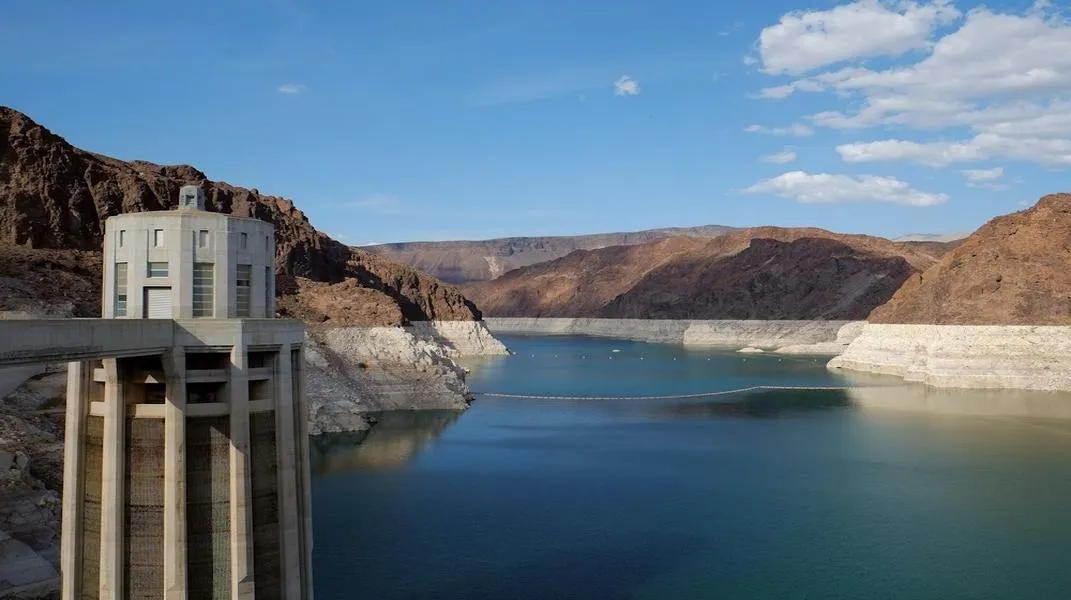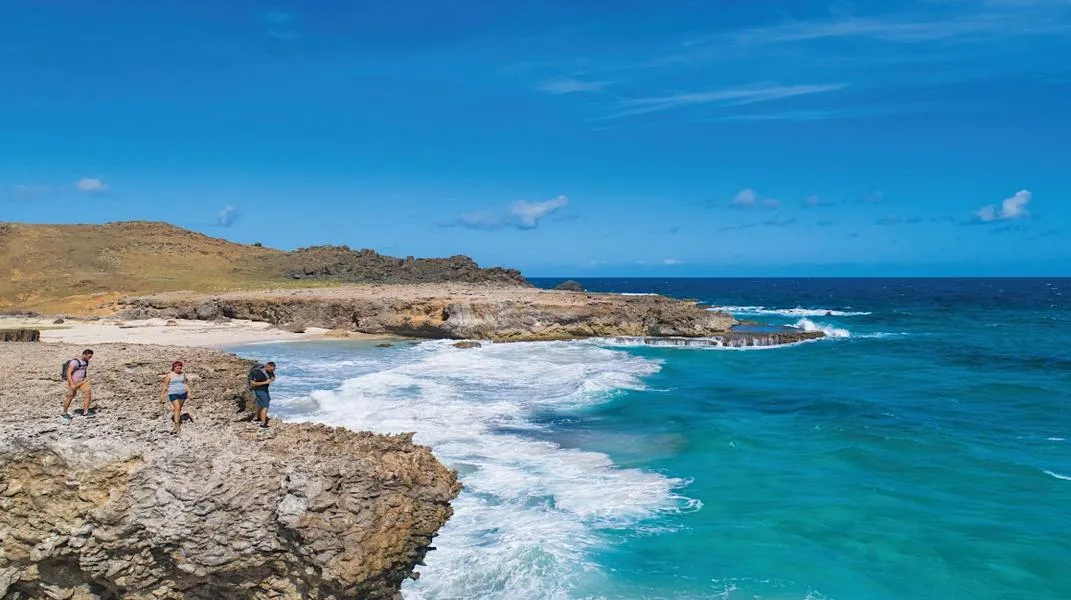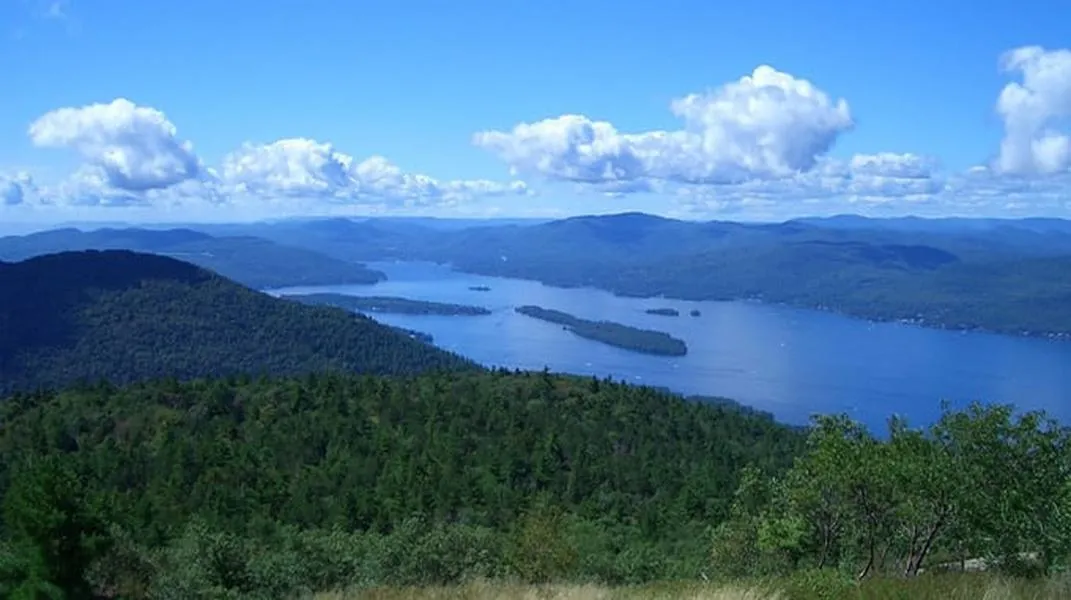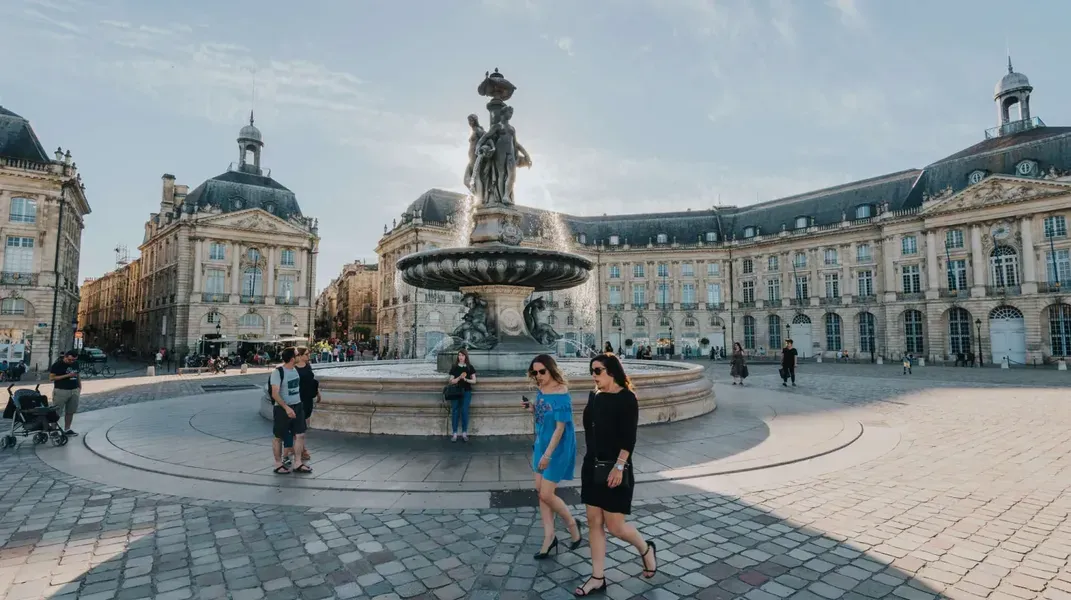Willamette Valley: A Jewel of the Pacific Northwest
Nestled between the Cascade Mountains to the east and the Oregon Coast Range to the west, Willamette Valley is a breathtaking expanse of rolling hills, lush landscapes, and vibrant communities. This fertile valley, often referred to as the heart of Oregon, is not only a prime agricultural region but also a burgeoning tourist destination, known particularly for its wine country, outdoor adventures, and charming small towns. If you're planning a visit to Willamette Valley, this guide will delve into its attractions, activities, and the essentials you need to prepare for an unforgettable experience.
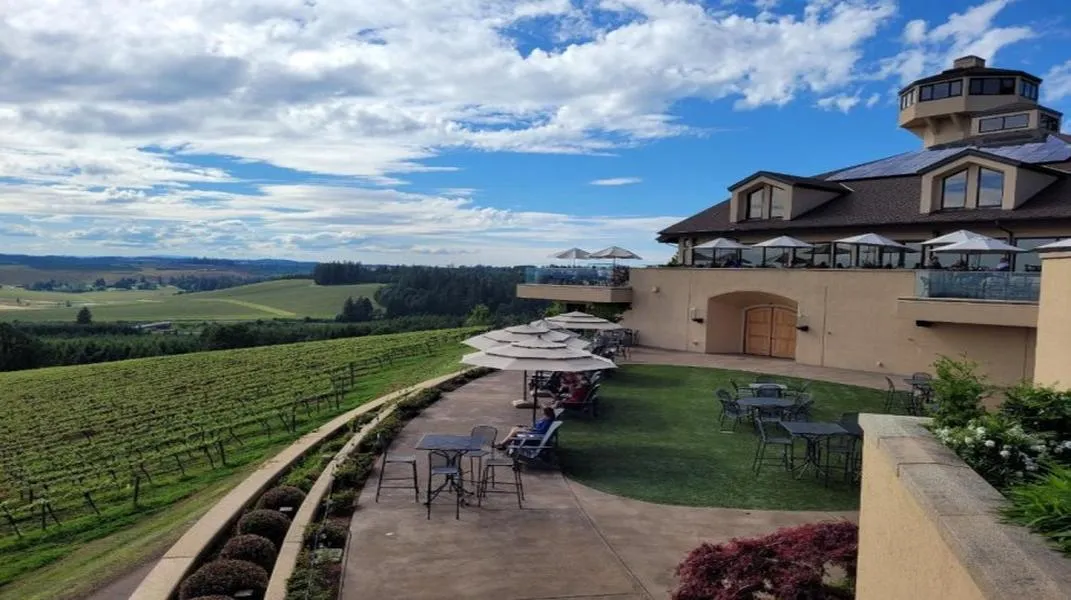
The Allure of Willamette Valley
A Wine Lover's Paradise
Willamette Valley is renowned for its Pinot Noir, often regarded as some of the best in the world. The valley's unique climate, characterized by its cool nights and warm days, provides the perfect conditions for grape growing. There are over 500 wineries in the region, each offering tastings, tours, and breathtaking views of the vineyards. Notable wine areas include:
-
Dundee Hills
Known for its volcanic soils and stunning vistas, Dundee Hills is home to several acclaimed wineries, including Domaine Serene, Archery Summit, and Elk Cove Vineyards. Visitors can enjoy tastings and tours that often include food pairings.
-
McMinnville
This charming town is not only a hub for wine lovers but also a foodie destination. The historic downtown area features a variety of shops and restaurants, along with wineries such as Willamette Valley Vineyards and J.K. Carriere.
-
Eola-Amity Hills
Located just south of Salem, this region is known for its picturesque landscapes and a wide range of wine styles. Notable wineries include Bethel Heights Vineyard and St. Innocent Winery.
Natural Wonders and Outdoor Activities
Willamette Valley is more than just wine; it's a paradise for outdoor enthusiasts. The valley's diverse ecosystems offer myriad opportunities for hiking, biking, and exploring:
-
Silver Falls State Park
Often referred to as the "crown jewel" of the Oregon State Parks system, Silver Falls boasts a stunning 7.2-mile loop trail that takes you past 10 waterfalls, including the iconic South Falls, which has a 177-foot drop.
-
Willamette National Forest
This expansive forest offers countless trails, campgrounds, and recreational activities. Whether you're into hiking, fishing, or simply enjoying the natural beauty, the forest is a must-visit.
-
The Santiam River
Known for its crystal-clear waters, the Santiam River is a popular destination for fishing, kayaking, and tubing. The river's scenic beauty and tranquil surroundings make it an excellent choice for a relaxing day outdoors.
Cultural Experiences and Small Town Charm
Willamette Valley is dotted with charming towns that each have their own unique character and cultural offerings:
-
Newberg
Home to a vibrant arts scene, Newberg hosts the annual Chehalem Arts Festival. The town is also known for its historic architecture and is surrounded by several wineries.
-
Corvallis
Home to Oregon State University, Corvallis offers a lively atmosphere with plenty of cultural events, farmers' markets, and outdoor activities. The city's riverfront parks are perfect for picnics and strolls.
-
Salem
Oregon's capital city, Salem, features a rich history, beautiful gardens, and cultural attractions. The Oregon State Capitol, the Hallie Ford Museum of Art, and the Oregon Garden are all worth exploring.
Culinary Delights
Willamette Valley is also a food lover's dream, with an abundance of farm-to-table restaurants, artisan food producers, and bustling farmers' markets. The valley's rich agricultural land means that fresh, local ingredients are always on the menu. Don’t miss the chance to sample local specialties such as:
-
Cheese
Willamette Valley is home to several award-winning cheese producers. Be sure to stop by the Tillamook Creamery or the Rogue Creamery for some delicious samples.
-
Berries and Produce
The valley's fertile soil produces a variety of fruits and vegetables. During the summer months, you can visit local farms and pick your own berries or enjoy fresh produce at farmers' markets.
-
Craft Breweries
The craft beer scene in Willamette Valley is thriving. With many breweries offering tastings and tours, you can experience everything from hoppy IPAs to rich stouts.
Preparing for Your Visit
To ensure that your trip to Willamette Valley is enjoyable and fulfilling, proper preparation is key. Here are some essential materials and tips to consider before you go:
1. Research and Itinerary Planning
-
Identify Key Attractions: Create a list of must-visit wineries, parks, and towns. Prioritize your choices based on your interests, whether that’s wine tasting, hiking, or exploring local culture.
-
Map Out Your Route: Willamette Valley stretches for about 150 miles, with various attractions located throughout. Use a map or GPS to plan your route, ensuring you can visit all your desired locations without backtracking unnecessarily.
2. Booking Accommodations
-
Choose Your Base: Depending on your interests, select a town as your home base. Newberg and McMinnville are both excellent options for wine lovers, while Corvallis provides a lively college-town atmosphere.
-
Reserve Ahead: If you're visiting during peak seasons (spring and summer), make reservations for accommodations in advance. Consider options like bed and breakfasts, boutique hotels, or vacation rentals for a more personalized experience.
3. Packing Essentials
-
Clothing: Be sure to pack layers, as the weather can vary significantly throughout the day. Comfortable walking shoes are a must for exploring wineries and hiking trails.
-
Outdoor Gear: If you plan to hike or partake in outdoor activities, bring appropriate gear, including a daypack, water bottle, and any necessary equipment for your chosen activities (e.g., fishing gear, biking accessories).
-
Wine Storage: If you plan to purchase wine during your visit, consider bringing a wine tote or insulated bag to safely transport your purchases home.
4. Making Reservations
-
Wine Tastings: Many wineries require reservations for tastings, especially on weekends. Call ahead or book online, and inquire about any special events or private tours.
-
Dining: For popular restaurants, especially those with farm-to-table offerings, make reservations in advance to avoid long waits.
5. Local Etiquette and Safety
-
Be Responsible: If you plan to indulge in wine tastings, consider arranging for a designated driver, using a rideshare service, or booking a wine tour. This ensures that you can fully enjoy the experience without the worry of driving.
-
Respect Nature: When hiking or exploring outdoor areas, follow Leave No Trace principles. Stay on marked trails, pack out all trash, and be mindful of wildlife.
6. Engage with the Community
-
Attend Local Events: Check local calendars for festivals, farmers' markets, or art shows happening during your visit. Engaging with the community adds depth to your experience and allows you to connect with locals.
-
Support Local Businesses: Shop at local boutiques, dine at farm-to-table restaurants, and taste products from local artisans to enrich your visit and support the region's economy.
Conclusion
Willamette Valley is a treasure trove of experiences waiting to be discovered. From its world-class wineries and stunning natural landscapes to its charming towns and culinary delights, the valley offers something for every traveler. By preparing thoughtfully and embracing the local culture, you can create lasting memories in this enchanting part of the Pacific Northwest. So gather your essentials, set your itinerary, and get ready for an adventure that will leave you enchanted by the beauty and flavors of Willamette Valley.

